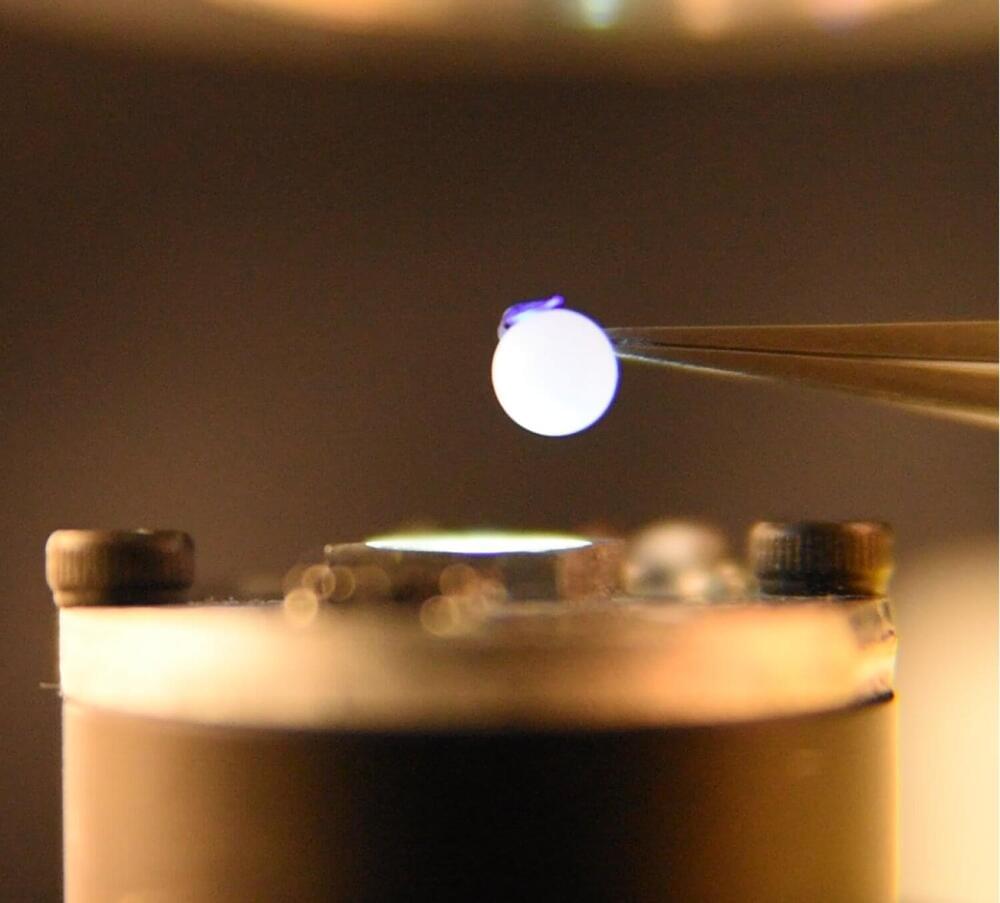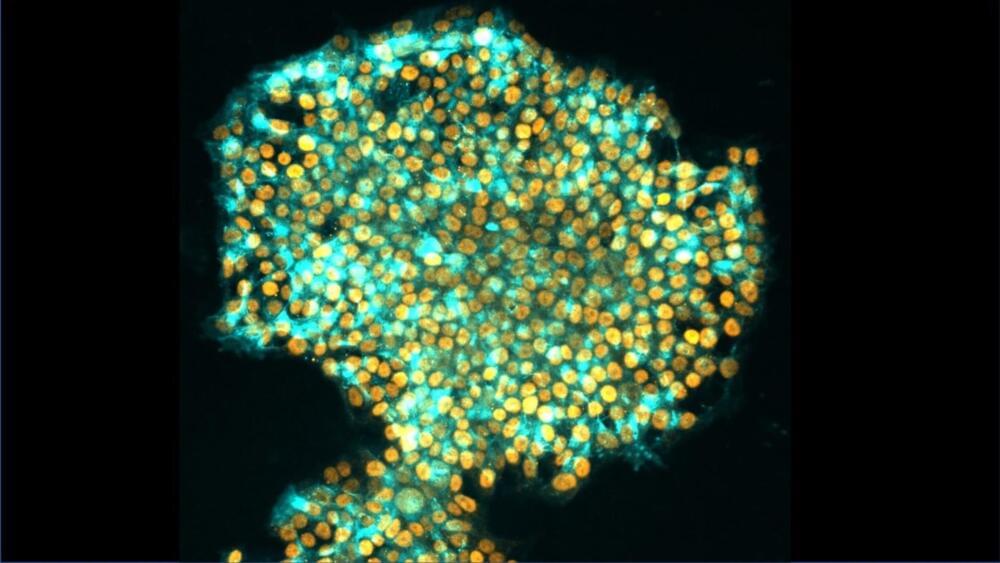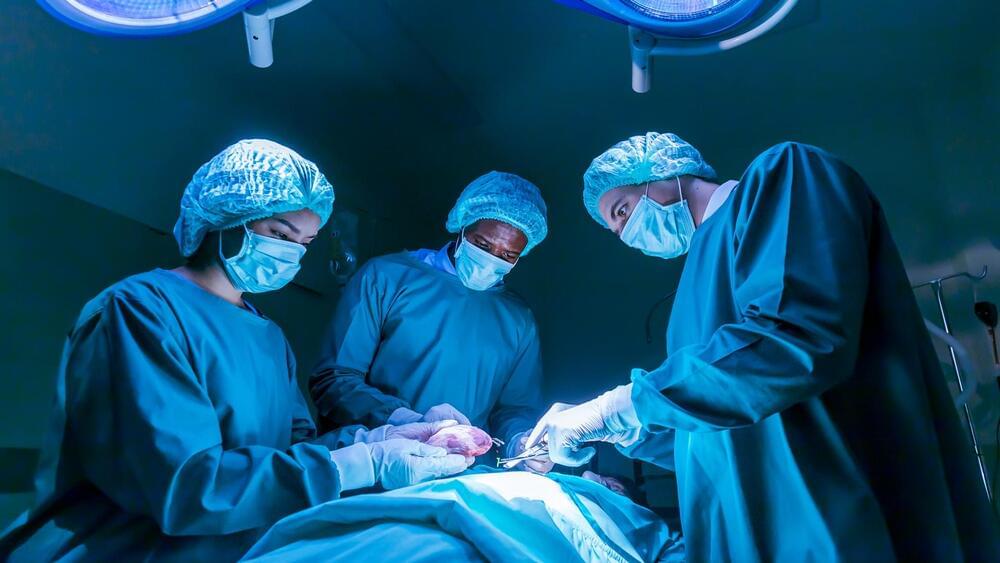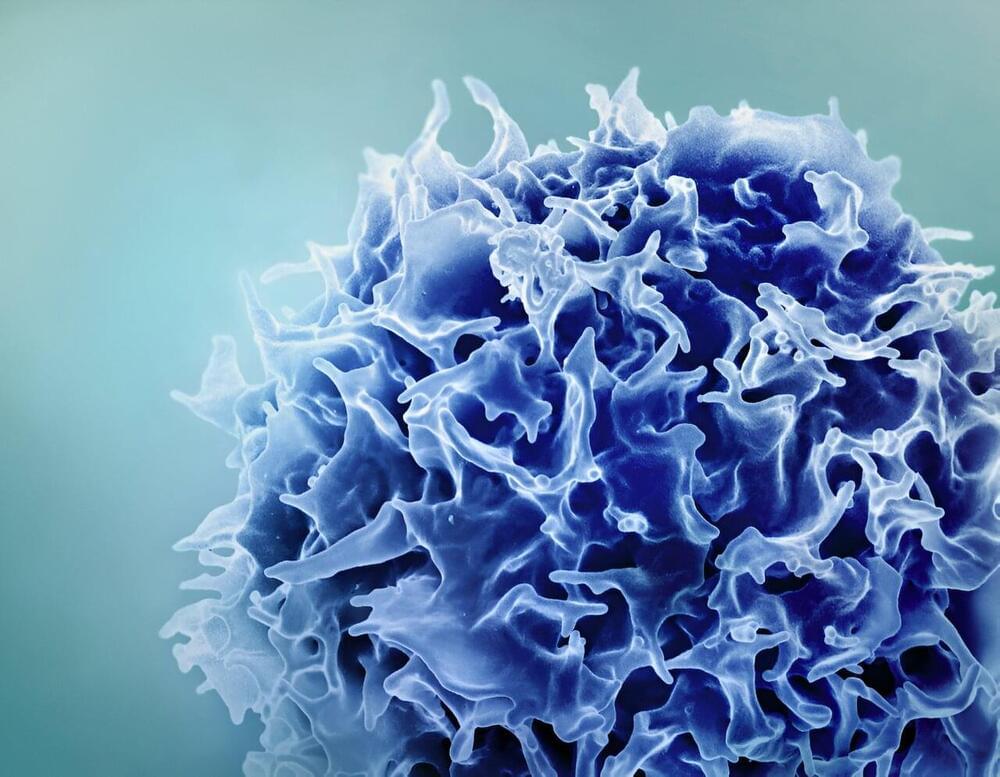Aug 18, 2023
One Gene Can Have a Major Impact on Strep Infection Severity
Posted by Shubham Ghosh Roy in categories: biotech/medical, genetics
Group A streptococci are one of the most common pathogens that humans are exposed to, and they can cause infections with a wide range of severities, from mild rashes and sore throats to flesh-eating and systemic infections that can be fatal. The number of these infections is also on the rise, although the reasons are unclear. Now researchers have learned more about why these pathogens can be mild in some people, and hit others hard. The findings have been reported in Nature Communications.
Scientists suspected that some interaction between a person’s genetics and the bacterial pathogen could be leading to such varied outcomes, said study co-author Fredric Carlsson, a researcher at Lund University.

















